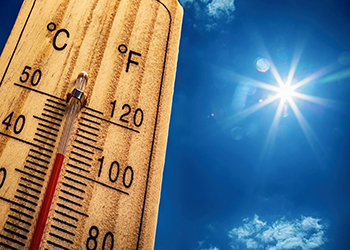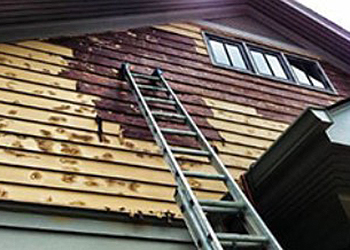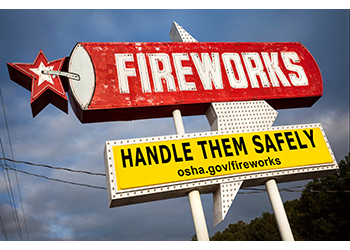According to the Bureau of Labor Statistics (BLS), 1,030 workers died from confined space related injuries between 2011 to 2018 and the average annual fatality ranges from 88 to 166. Employers and workers must recognize and control hazards associated with confined spaces and plan for emergencies. Hazards such as oxygen deficiency or enrichment, flammable and toxic vapors, combustible dust, and others may lead to tragedy.
As part of the 2022 Commemoration of Safety & Sound, we will offer the 1-day OSHA 7300: Understanding OSHA’s Permit-Required Confined Space Standard.
The Course will present:
- the scope, application, and key definitions of the Standard
- the requirements for evaluating permit spaces
- options for entering confined spaces
- the permitting process
- training requirements for confined space entry
https://rutgerstraining.sph.rutgers.edu/wconnect/CourseStatus.awp?&Course=OS730081522W





